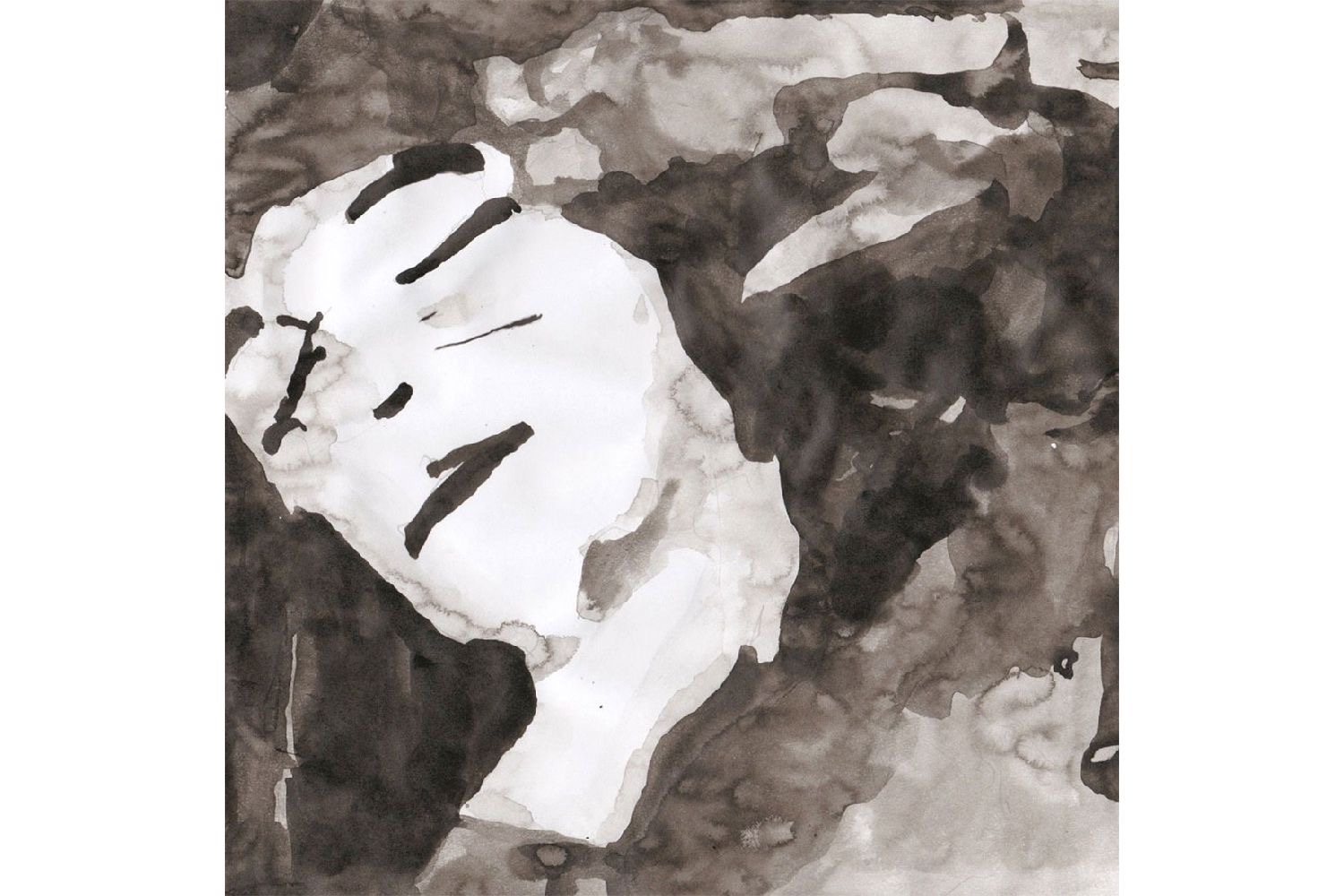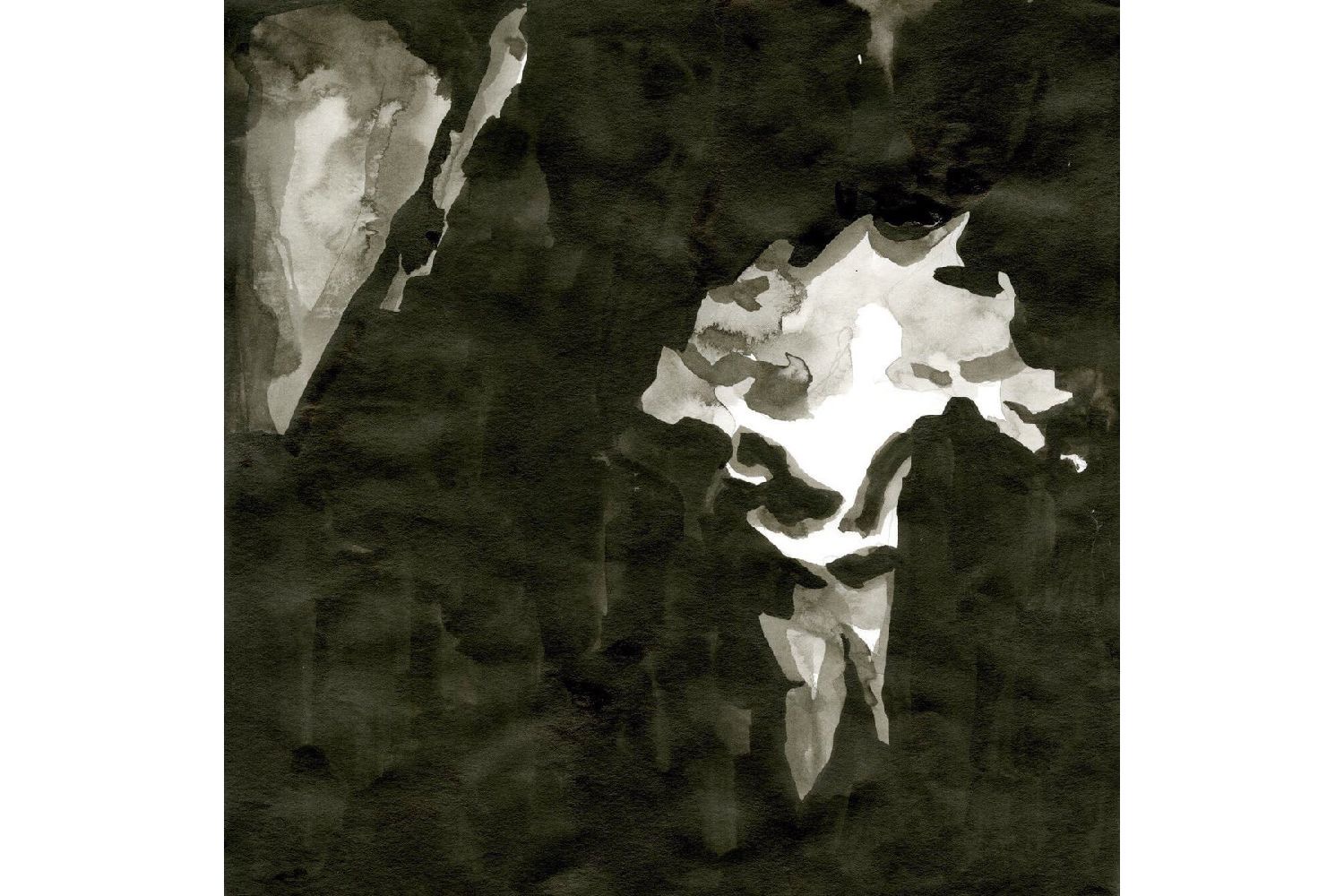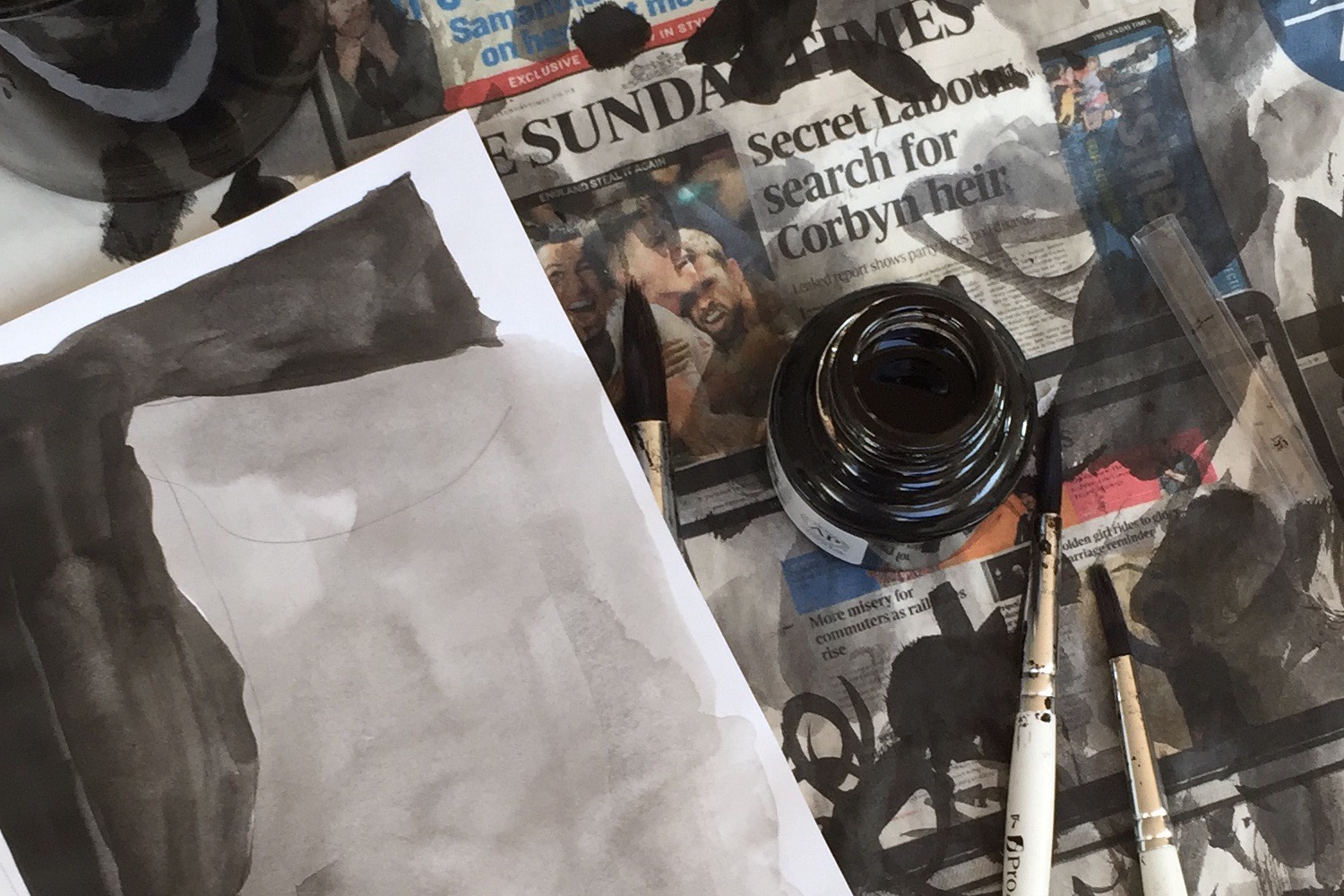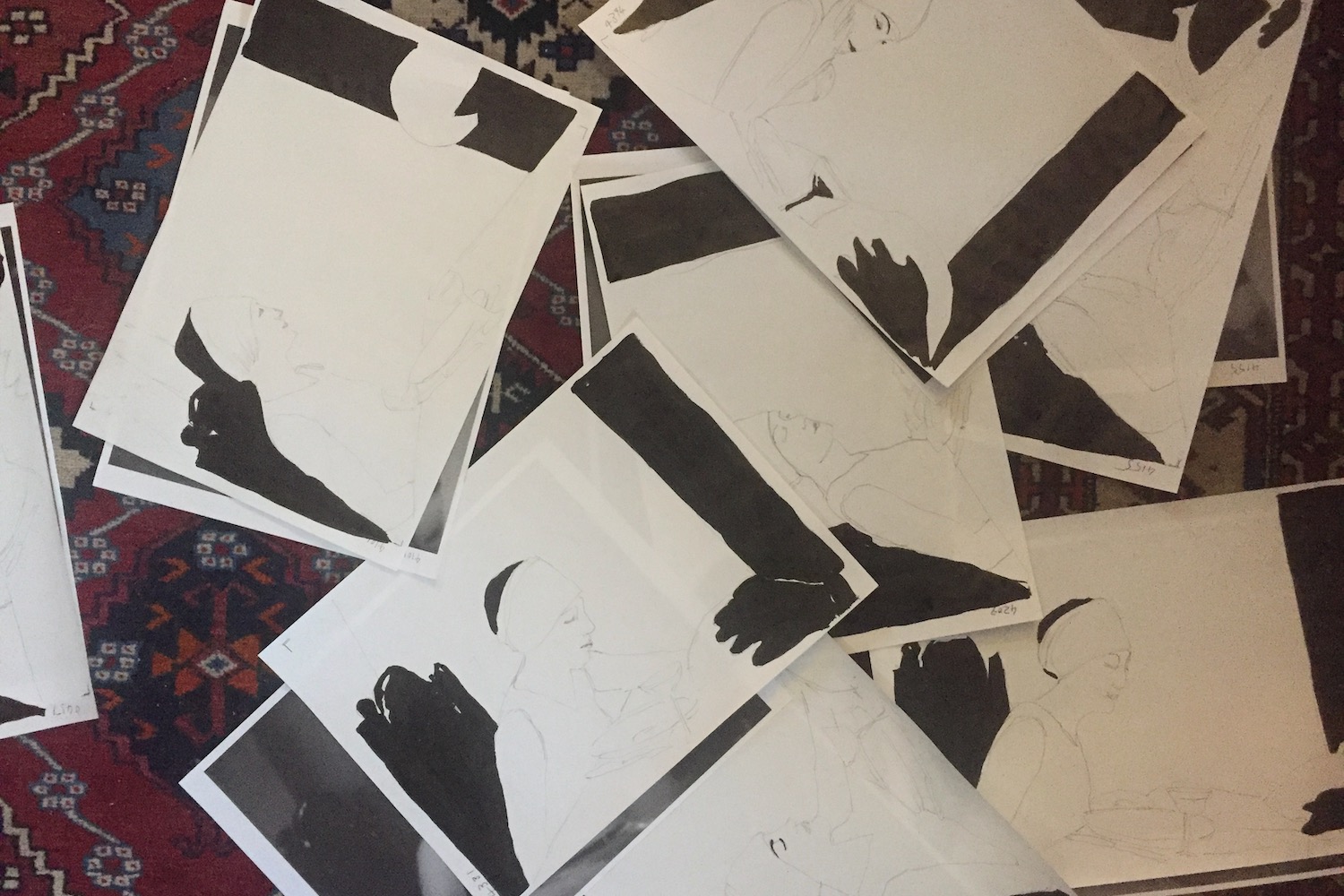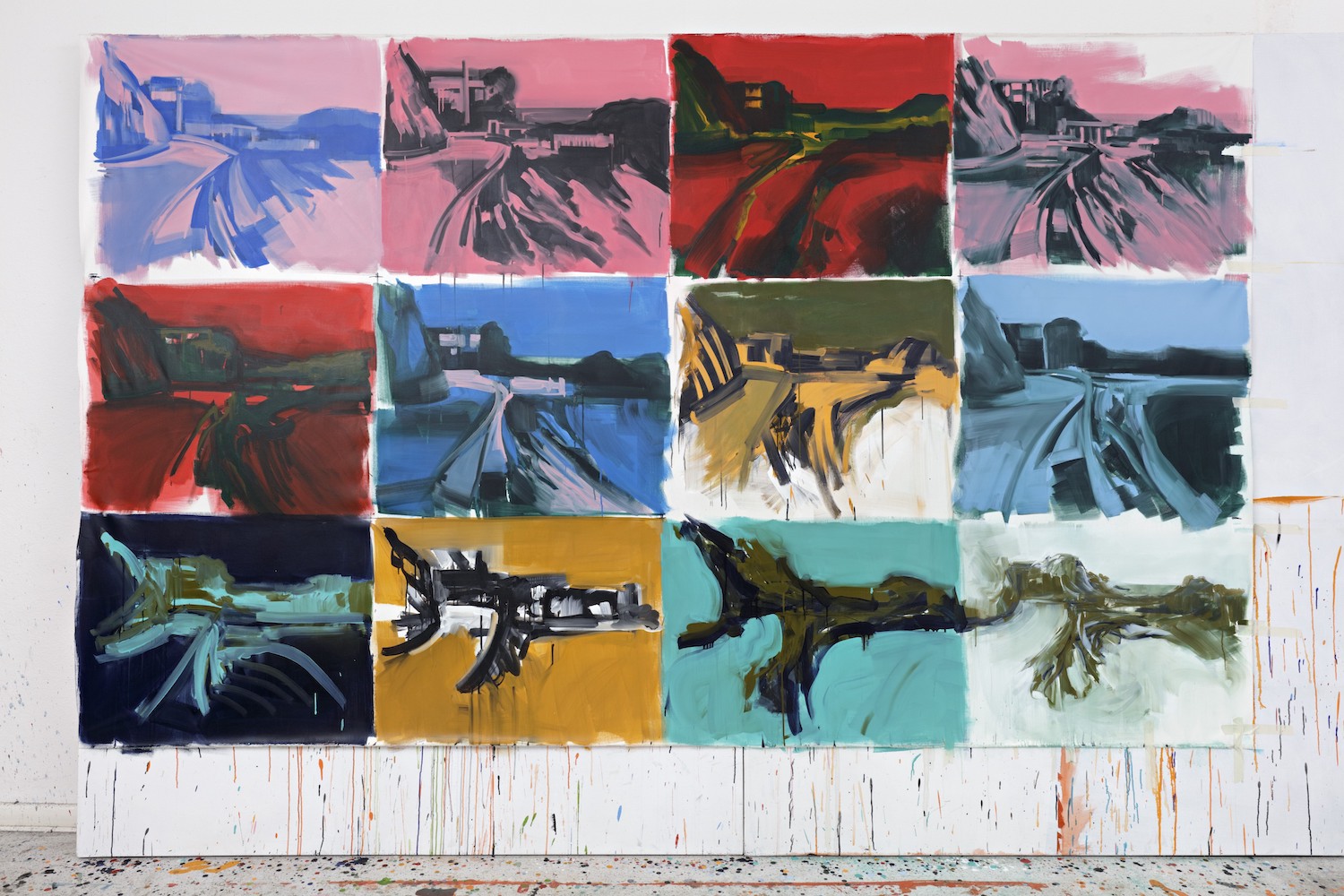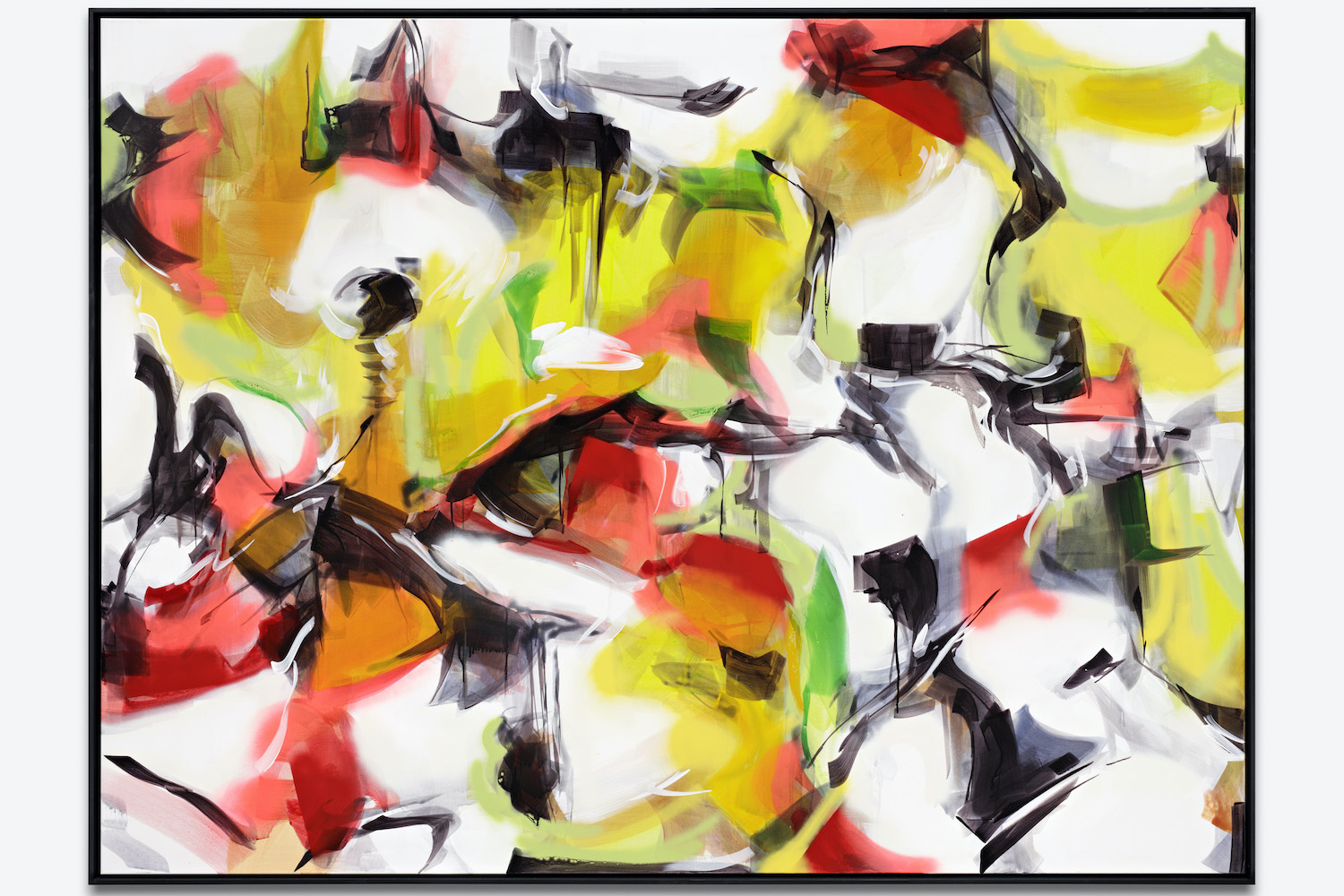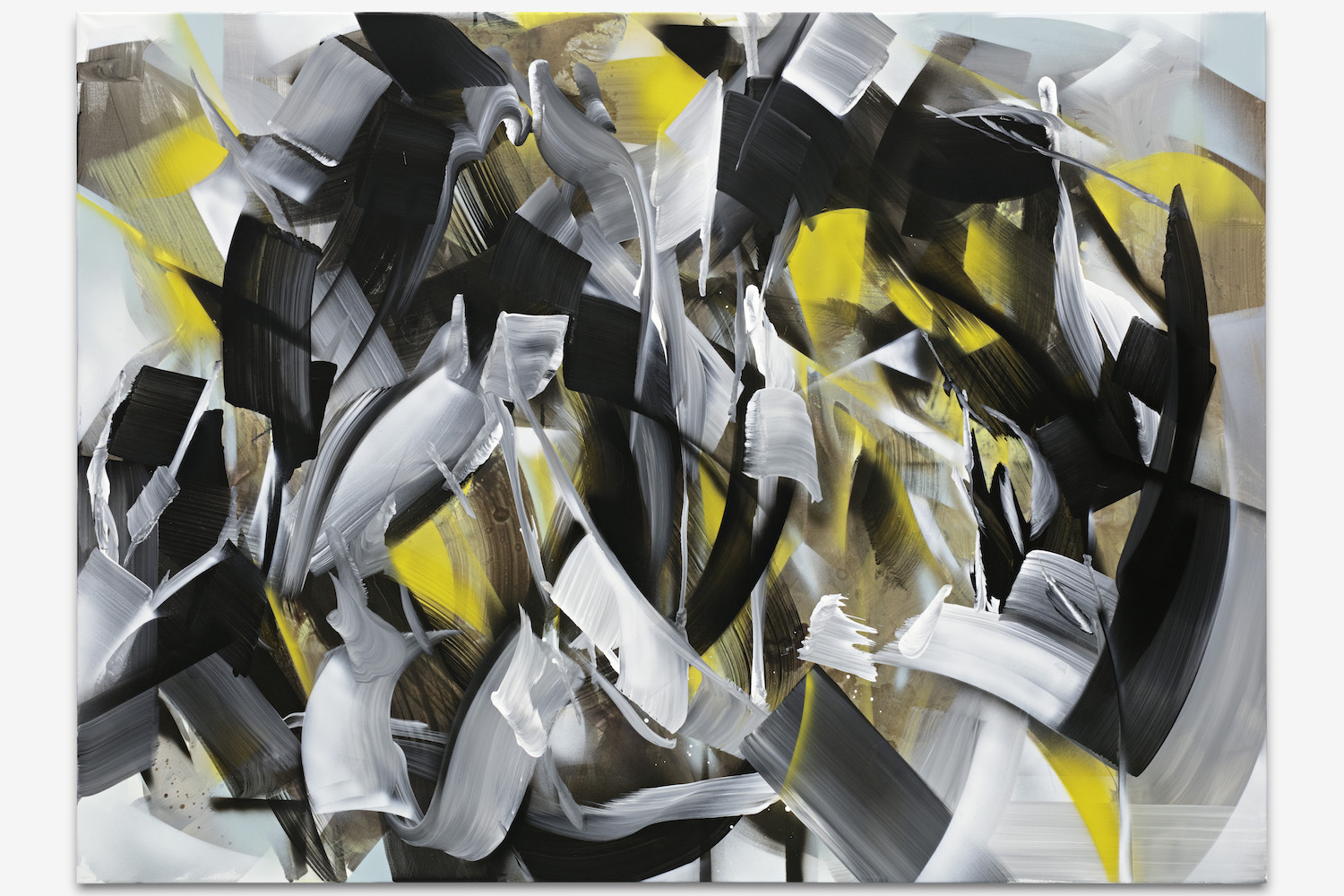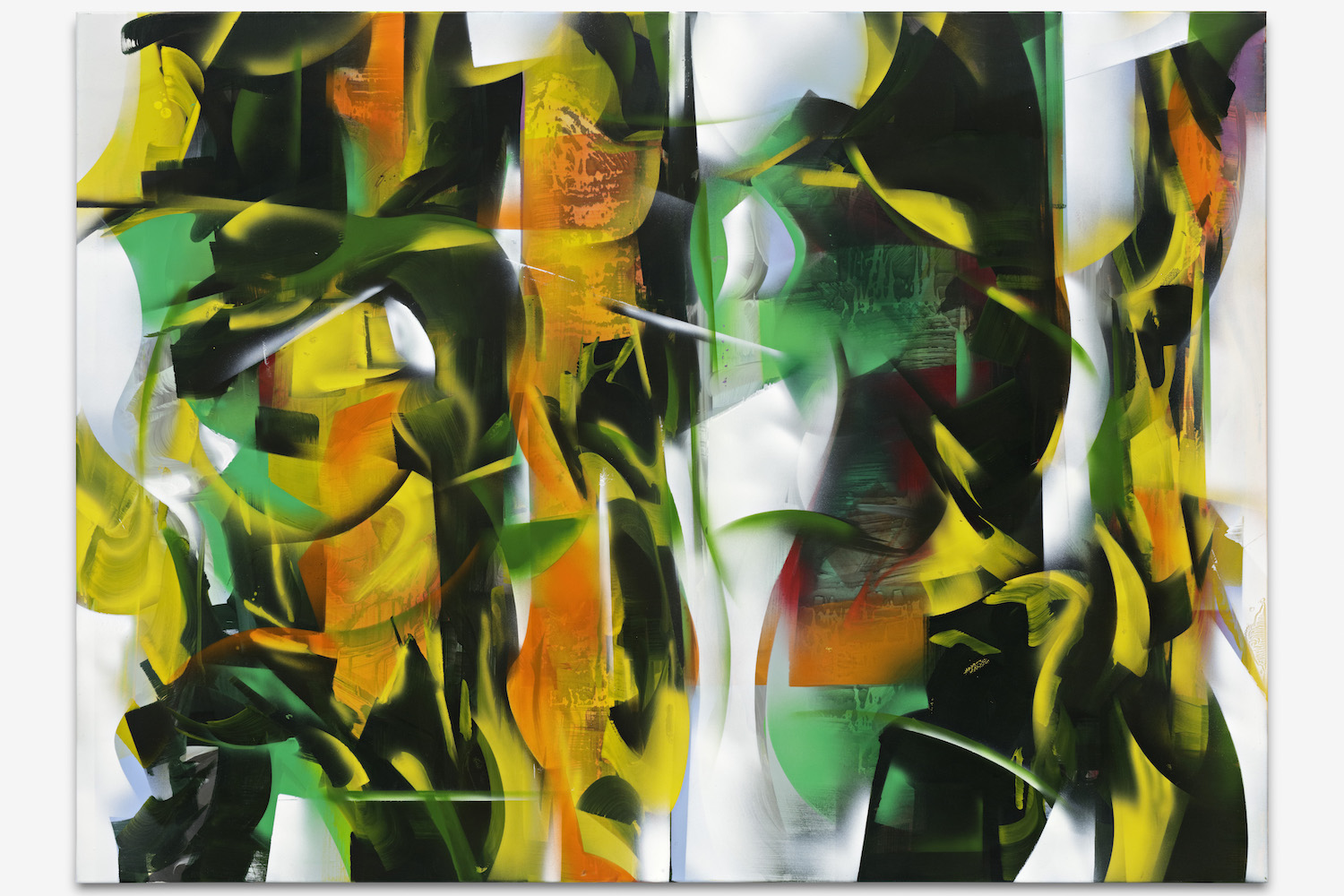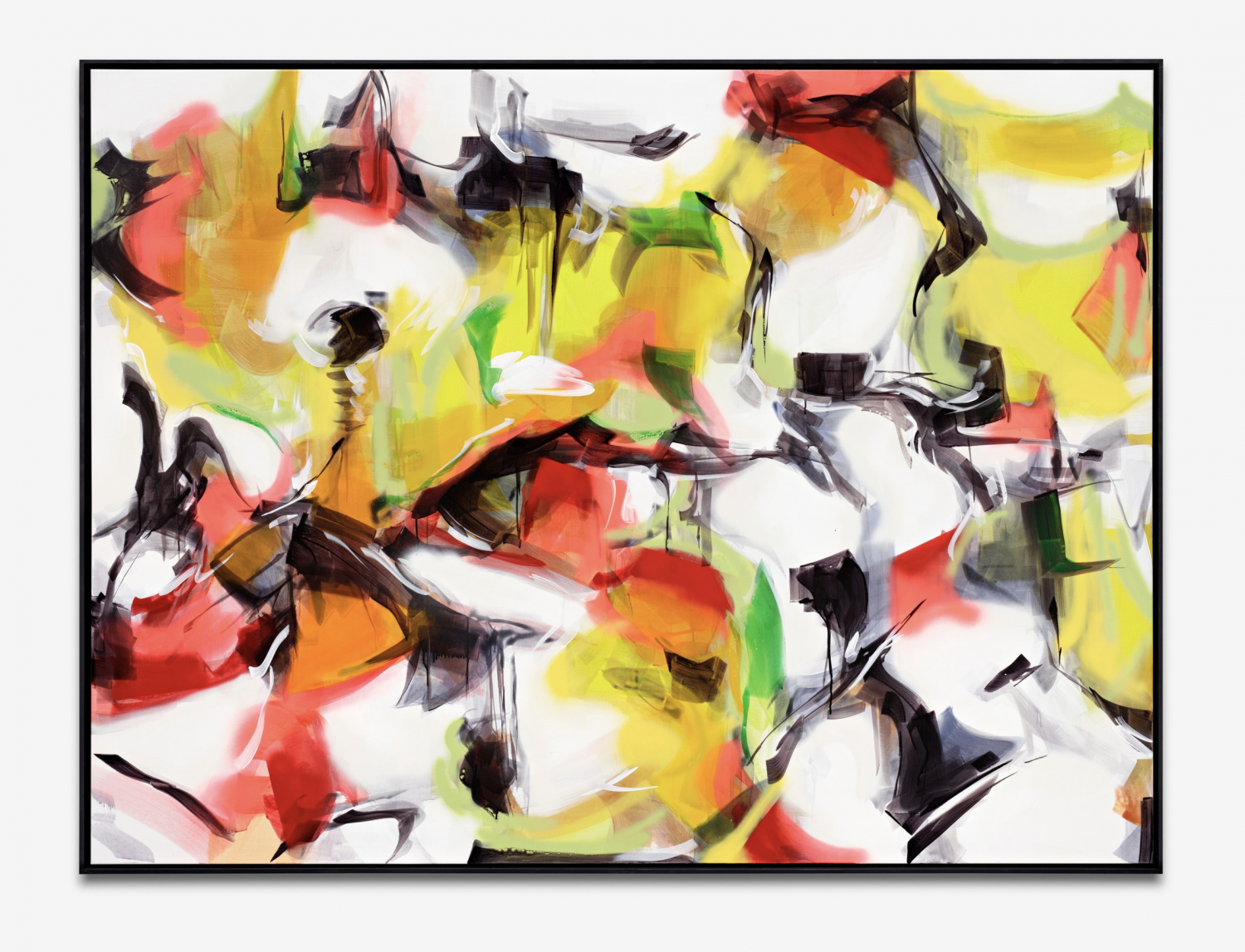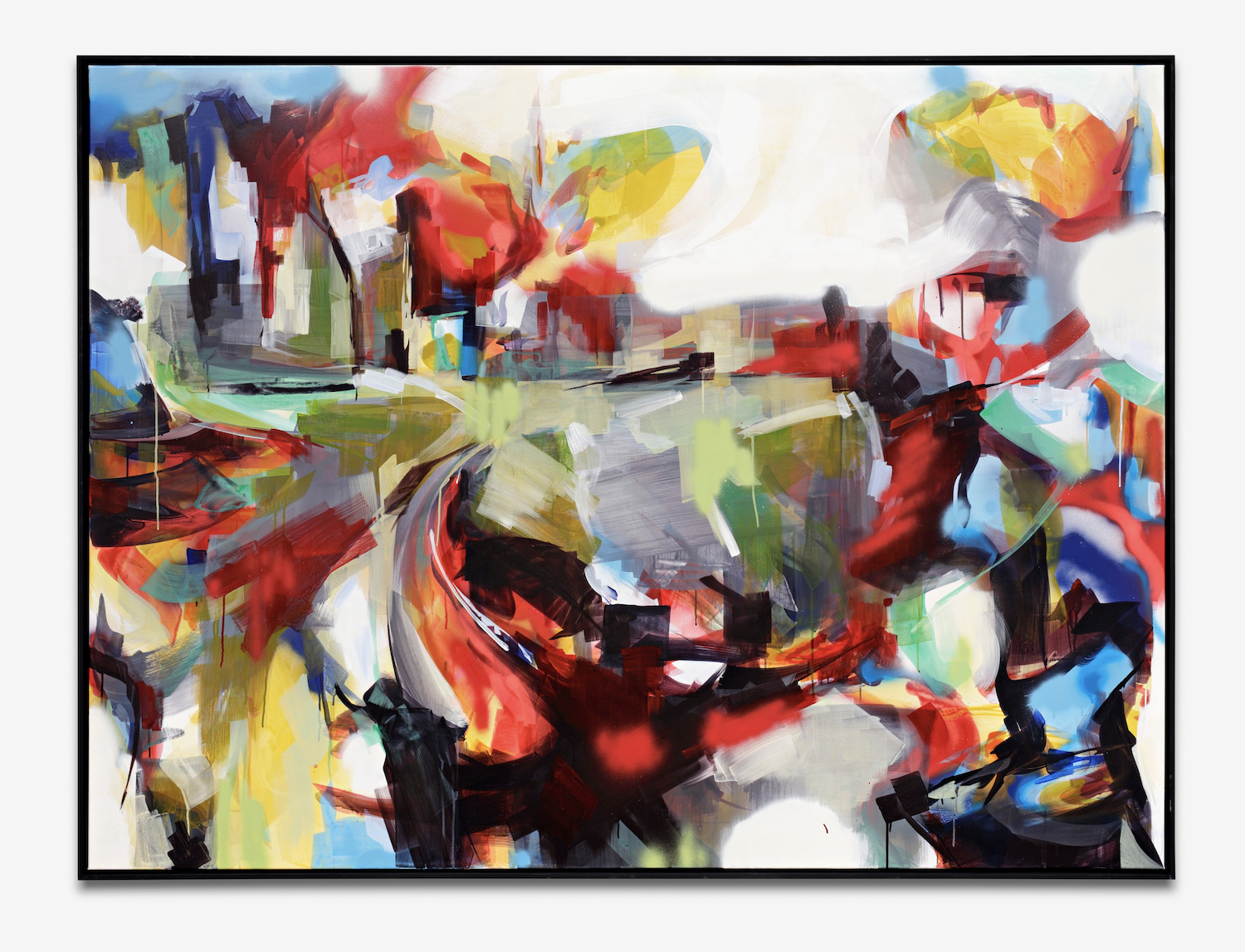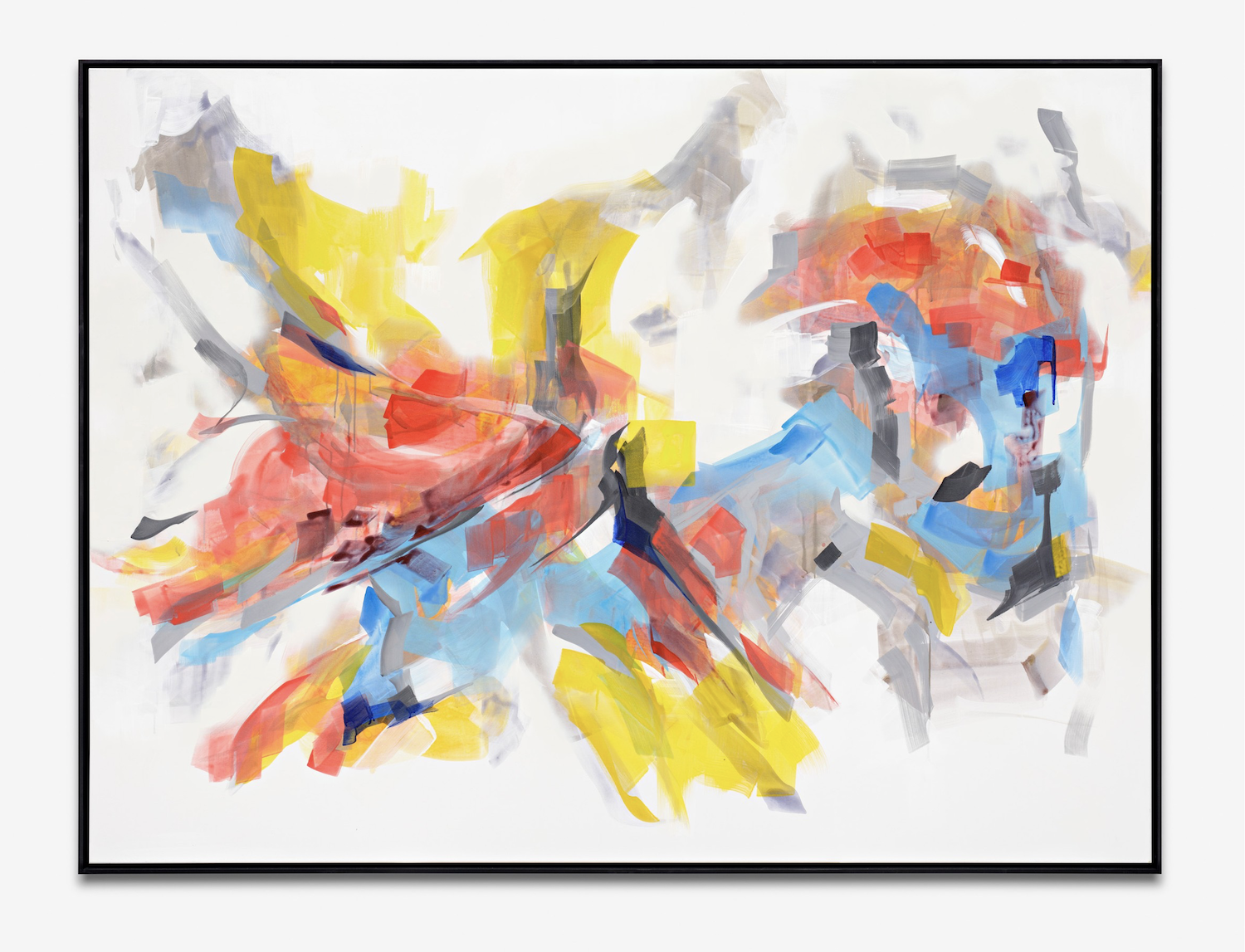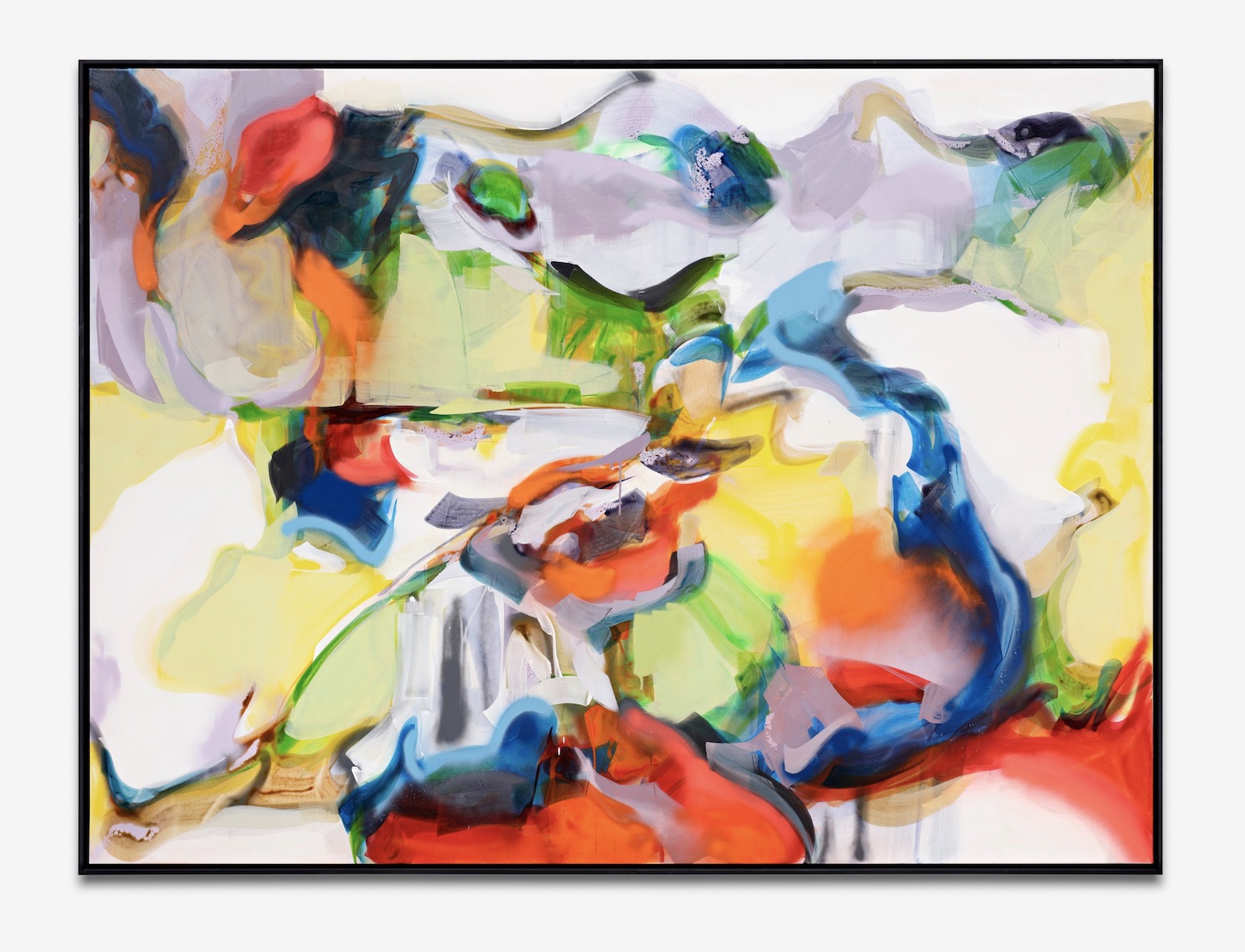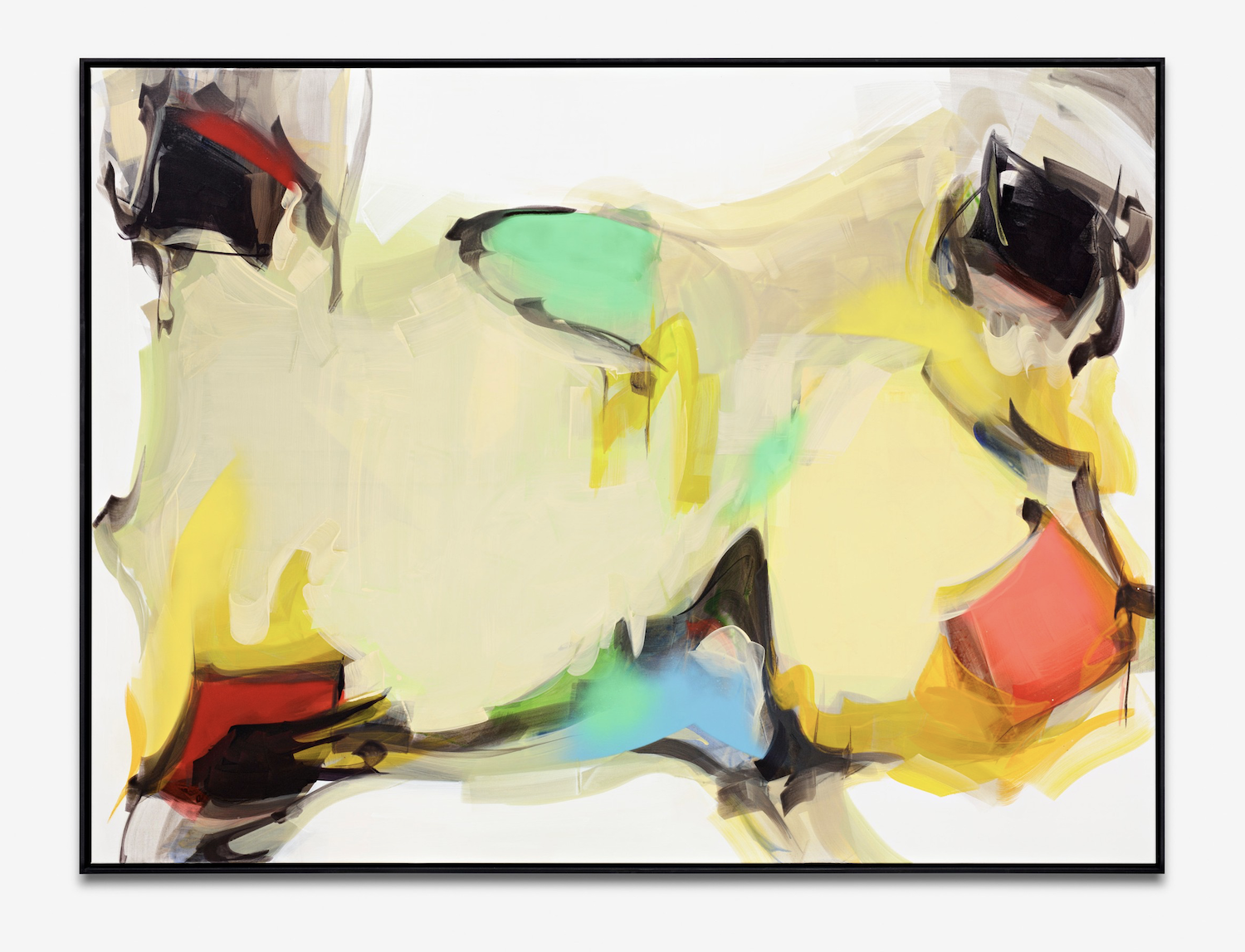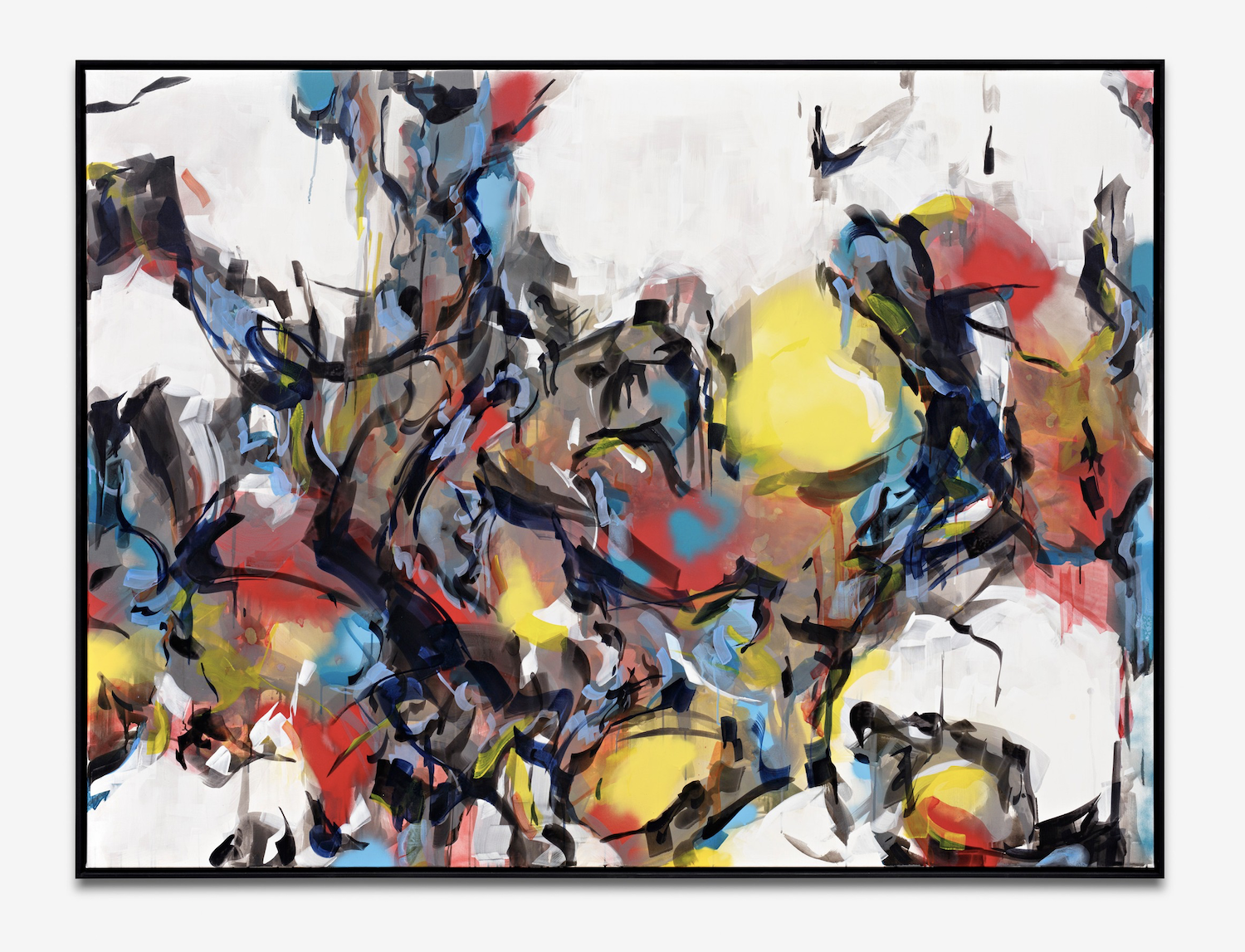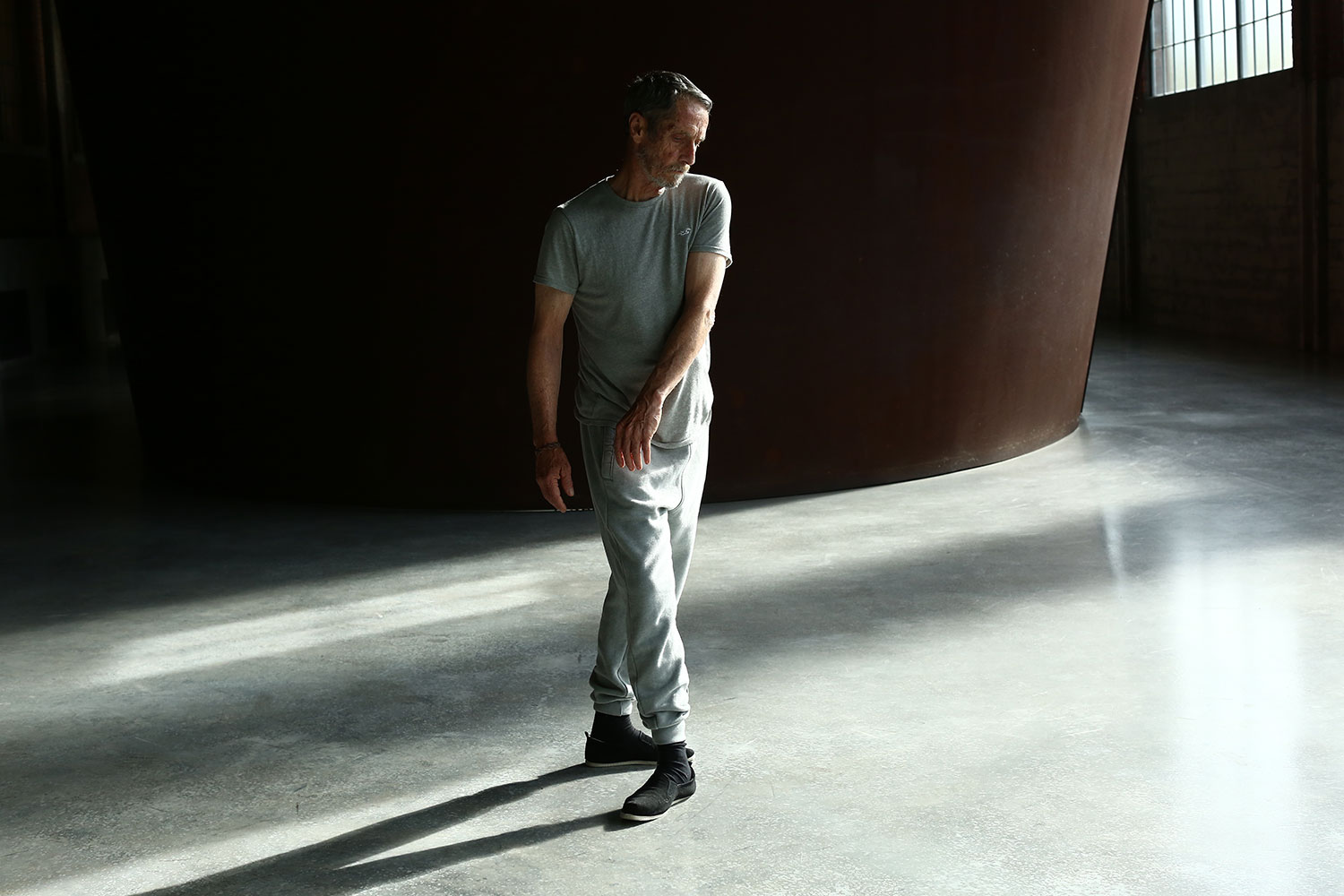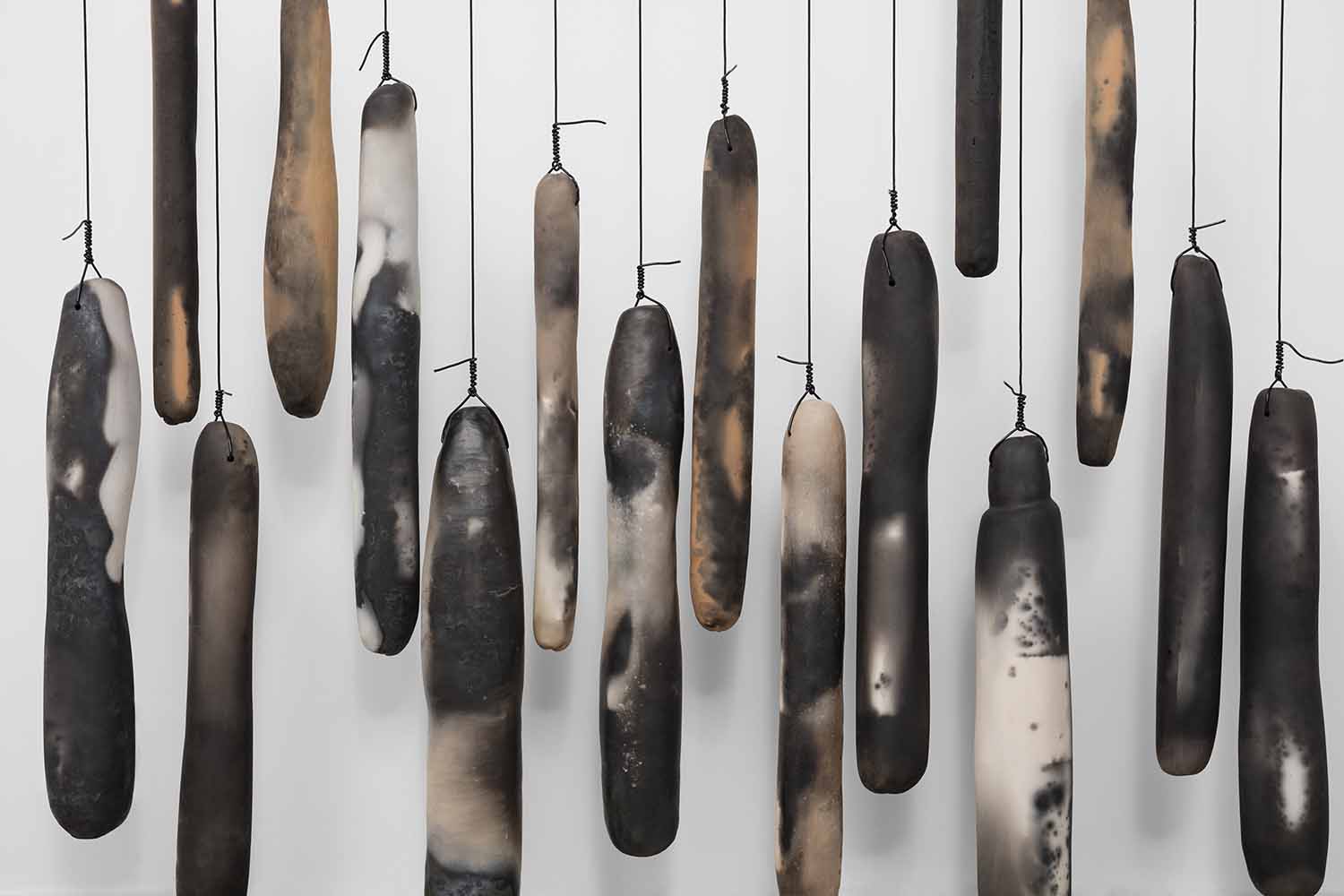A new generation of artists are working with machine learning as an integral part of their practice. At a time when artificial intelligence is increasingly in the public eye, artists such as Mario Klingemann, Gene Kogan, and Memo Akten are experimenting with the generative possibilities of machine learning, testing the limits of human and machine creativity. Recently, the iteration of neural-network-based algorithms designed to analyze large sets of images has led to a focus on the innate biases of public datasets dominated by white males over female and minority groups. Artists who work with open-source datasets risk entrenching old power structures. Within this climate, Anna Ridler and Roman Lipski stand out as creators generating their own datasets of images – drawings, paintings, and photographs. Rather than simply focusing on mechanically optimizing the parameters of the algorithm, these artists control the images upon which the machine bases its generated output. In doing so, they represent twin strands in a developing discursive frame in which the historical paradigms of object production — modern, postmodern, and so on — are reimagined in terms of a feedback loop between human and machine partners. Theirs is a poetics in the classical sense of a “making” process, one that promises to define the next era of image making.
Both artists produce work that is primarily non-digital, despite the importance of their artificial collaborators to the final outcome. By doing so, they position themselves, consciously or not, within the lineage of British painter-turned-programmer Harold Cohen (1928–2016). For Cohen, the algorithm represented an alternative to the rule-bound system that his own brand of modernist painting had become – what he termed in 1995 “a very specialized game.” Lipski has spoken specifically of the capacity of Rothko, Pollock, and Mondrian to “redefine themselves”; while for Ridler, the constant updating of image-processing algorithms every six months or so, coupled with the removal of older versions, ensures a level of impermanence to any particular AI’s involvement in her work. Taken together, these artists’ works are therefore underpinned by a kind of creative logic, the central difference being that for Lipski this is generative, for Ridler degenerative.
Ridler has often sought to emphasize what she calls a “decayed look,” with the frailties in the image, known as “artifacts,” tracing the machine’s learning process. For her twelve-minute animation Fall of the House of Usher (2017), she produced this decay by front-loading her drawings to the first few minutes of the animation, thereby reducing the amount of data available to the machine as the film runs its course. Her works are highly attuned to the logic of disintegration loops – the deterioration of spools of analog tape over time – and “the point at which meaning breaks down.” Ridler’s abstraction consequently occupies a critical interstice between the tech community’s demand for more realistic imagery and its corollary desire to remove traces of imperfection in each version of the algorithm.
House of Usher stresses the feedback between Ridler’s ink drawings, the technology, and Watson and Webber’s original silent film (1928) in order to emphasize the “fugitive aspects of memory” written into the machine-learning process. In visual terms, this is borne out in the progressive degradation of black-and-white imagery over the course of the film. Spectral faces and forms merge and emerge in stop motion –– oscillating between figuration and near-total abstraction. To create her stills, Ridler uses GANs (generative adversarial networks), a system developed in 2014 whereby two unsupervised networks interact in order to produce increasingly plausible likenesses of human-produced images. Yet the artist’s most recent works — GAN-generated music scores produced in concert with Opera North — seem to play on their illegibility as musical notation. With one GAN attempting to replicate Ridler’s dataset and the second appraising the former’s efforts as real or counterfeit, the ultimate outcomes pose the same question as did medieval icons: Are we simply looking at reiterations of a prototype or are we in fact witnessing ἀχειροποίητα: works “made without human hand”? For Harold Cohen, it was enough for an AI’s output to display “entitality” — that its works had a particular signature implying intention – for it to exist as a non-human artist in its own right. GANs guarantee entitality in unprecedented fashion.
With a career that has arced between representational, surrealistic, and abstract strategies, Lipski’s approach differs from Ridler’s in the directness of his exchange with the AI, whose achievement of a successful shorthand for the artist’s mode of execution mimics the earlier interchange between Cohen and his program AARON. Lipski’s series of acrylic landscapes, titled “Unfinished 2” (2016), was a response to AI-generated images, themselves based on a previous set of nine canvases upon which the artist depicted the same LA street. The exchange with AI here relies on Lipski’s use of a single (convolutional) neural network, in contrast to Ridler’s deployment of GANs. For “Unfinished,” Lipski’s dataset was restricted to nine paintings, with Ridler instead making close to two hundred ink drawings for House of Usher. In both cases, the images serve as data for the machine, which learns the patterns of the image – extracting elements of style, composition, brushwork, color, as well as other formal qualities – to generate thousands of new images. Ridler’s commitment to producing new “hand-crafted bespoke datasets” for every work stresses the labor-intensity of her preparation for the GANs’ subsequent “dance.” She views this procedure in historical terms: “A female artist sits in the tradition of female labor in early computer history — women were often used in the early half of the twentieth century as ‘human computers,’ working out calculations manually.”
Lipski frequently describes his interest in working with machine-learning algorithms as an inspiration, a muse with “its own personality,” able to influence and direct his artistic practice. Of course, throughout history artists have channeled a variety of sources for inspiration: seeking adventure on the Grand Tour, congregating en plein air, or hosting salon evenings with their peers. In 2016, when he was seeking new creative direction, Lipski ventured to combine his semi-abstract landscape painting style with the latest developments in using convolutional neural networks for image creation. The machine-generated images of the Los Angeles street scene paintings initiated a new creative process for Lipski: he interpreted the style of the generated imagery to delve into the formal structure of the suburban landscape in his paintings, rendering the same composition across multiple works and tracing the development of his own style. In his “Unfinished” project, developed in collaboration with the art collective YQP, “the artist finds not only his desired freedom, but also a meaningful impulse towards abstraction and progressive perspective.” The convolutional neural network provided him with new visions and interpretations of the same scene with “different spatial representations, new coloring and alternative styles,” motivating Lipski to change his style for his subsequent paintings in order to “explore more abstract and nonobjective themes.”
While working in tandem with machine-learning systems, Ridler also made discoveries about her own style. For example, on occasion the algorithm gets confused about the correct way of drawing eyes and eyebrows because the artist herself draws them in a similar fashion. Likewise, background images of low importance, like a redundant chair, may be shown to be appearing or disappearing depending on the individually generated image, an inconsistency that highlights the artist’s memory and interpretation of the scene. Thus, the generated imagery amplifies the bias of the artist/maker, producing an output that incorporates human choices, particularities, and mistakes into a mechanical aesthetic. In the case of Ridler, the bias exhibited in the bespoke dataset – consisting solely of images of one film interpreted by one artist in one medium – is desired, as it helps most clearly to highlight the way the machine understands and attempts to replicate ink drawings made by Ridler. This inadvertently emphasizes the power of the dataset and its effect on the final output. As both an act of artistic experimentation and opportunity for creative feedback, as well as a potential instrument, hypothetically deployed in the service of many others, it is biased and capable of inflicting historical representations, visions, and understandings of the world onto our modern society.
Artists who combine traditional artistic approaches with the latest machine-learning technologies enrich both their work and the heritage of traditional media in surprising fashion. Both Ridler and Lipski evidence the ways in which a contemporary poetics must, by necessity, be defined by maker-machine interaction as well as an acknowledgment of the gendered history of computing. That their practice seems to extend the lineage of modernist painting into a new machine logic is also uncanny. A world that joins artists’ own raw data to machine learning is just opening up – carving out a space for new creators to make their mark, and steer our future course.


